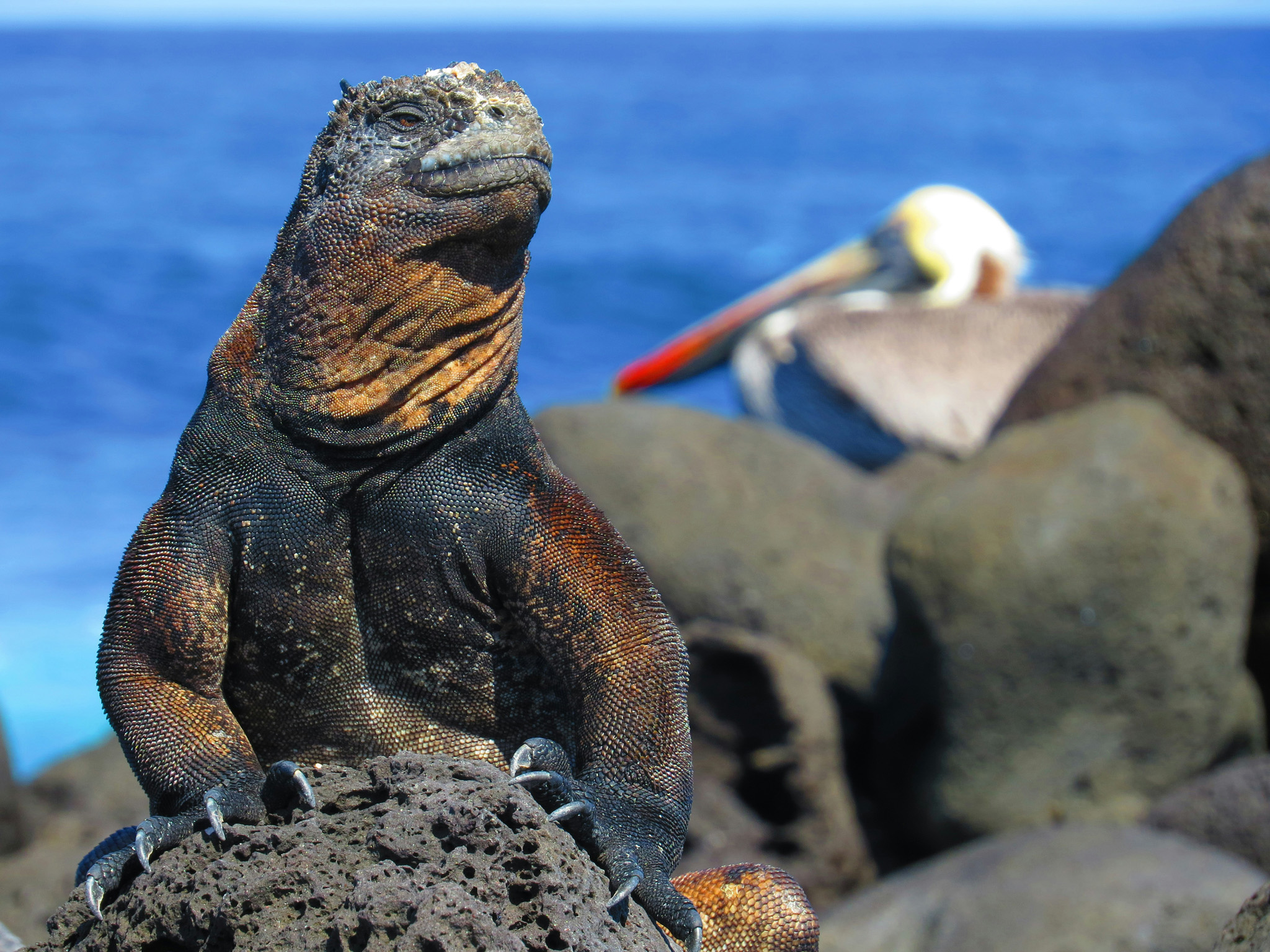Galapagos Islands – Destination Guide
The Galapagos Islands are a once-in-a-lifetime destination for travelers seeking dramatic landscapes, incredible wildlife encounters, and immersive nature-based experiences. Located 1,000 km (620 mi) off the coast of Ecuador, this volcanic archipelago is world-renowned for its biodiversity and the role it played in Charles Darwin’s theory of evolution. Whether you’re snorkeling with sea lions, hiking lava trails, or spotting giant tortoises in the wild, the Galapagos offers unparalleled opportunities to witness nature in its purest form.
A trip here combines adventure and education, ideal for group travel that emphasizes sustainability, science, and wonder. With well-preserved marine ecosystems and tightly regulated tourism, you’ll walk away knowing your visit helped support one of the most unique ecosystems on Earth.
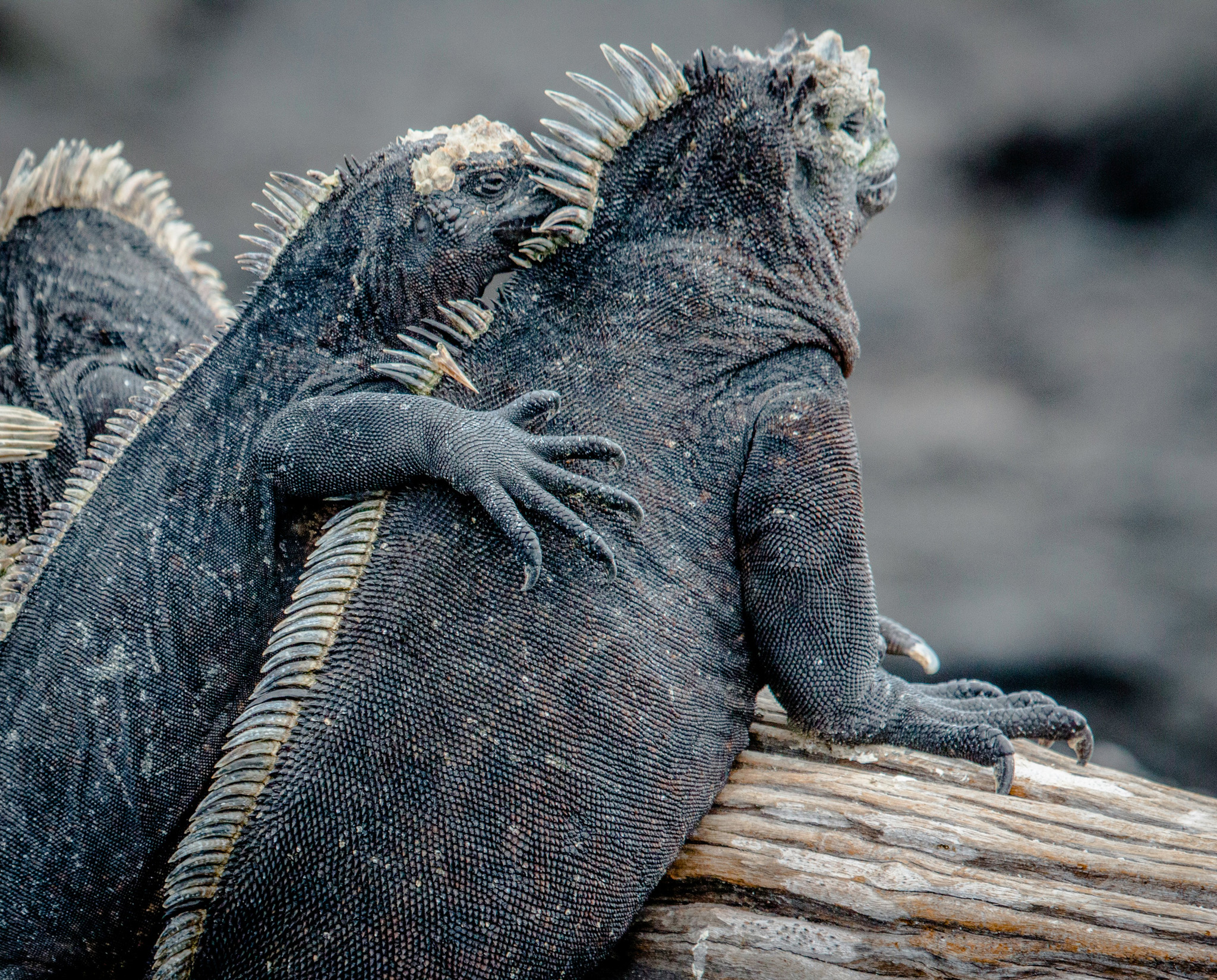
🗺️ Regions of the Galapagos
Santa Cruz Island
The most populated island, home to the Charles Darwin Research Station, Puerto Ayora town, and a hub for boat excursions. Explore Tortuga Bay, swim in natural lava pools, and meet wild giant tortoises at El Chato Reserve.
Isabela Island
The largest island in the archipelago, Isabela boasts dramatic volcanoes, white-sand beaches, and diverse wildlife. Activities here include snorkeling at Los Tuneles, hiking Sierra Negra volcano, and spotting penguins near the coast.
San Cristóbal Island
The capital of the Galapagos province, San Cristóbal is a great spot for sea lion encounters, kayaking, and surfing. Visit the Interpretation Center or take a hike to Frigatebird Hill for panoramic views.
Floreana Island
Rich in human history and remote beauty, Floreana is famous for its pirate and whaler stories, as well as its “post office” barrel. It’s an ideal day trip destination for snorkeling and quiet nature walks.
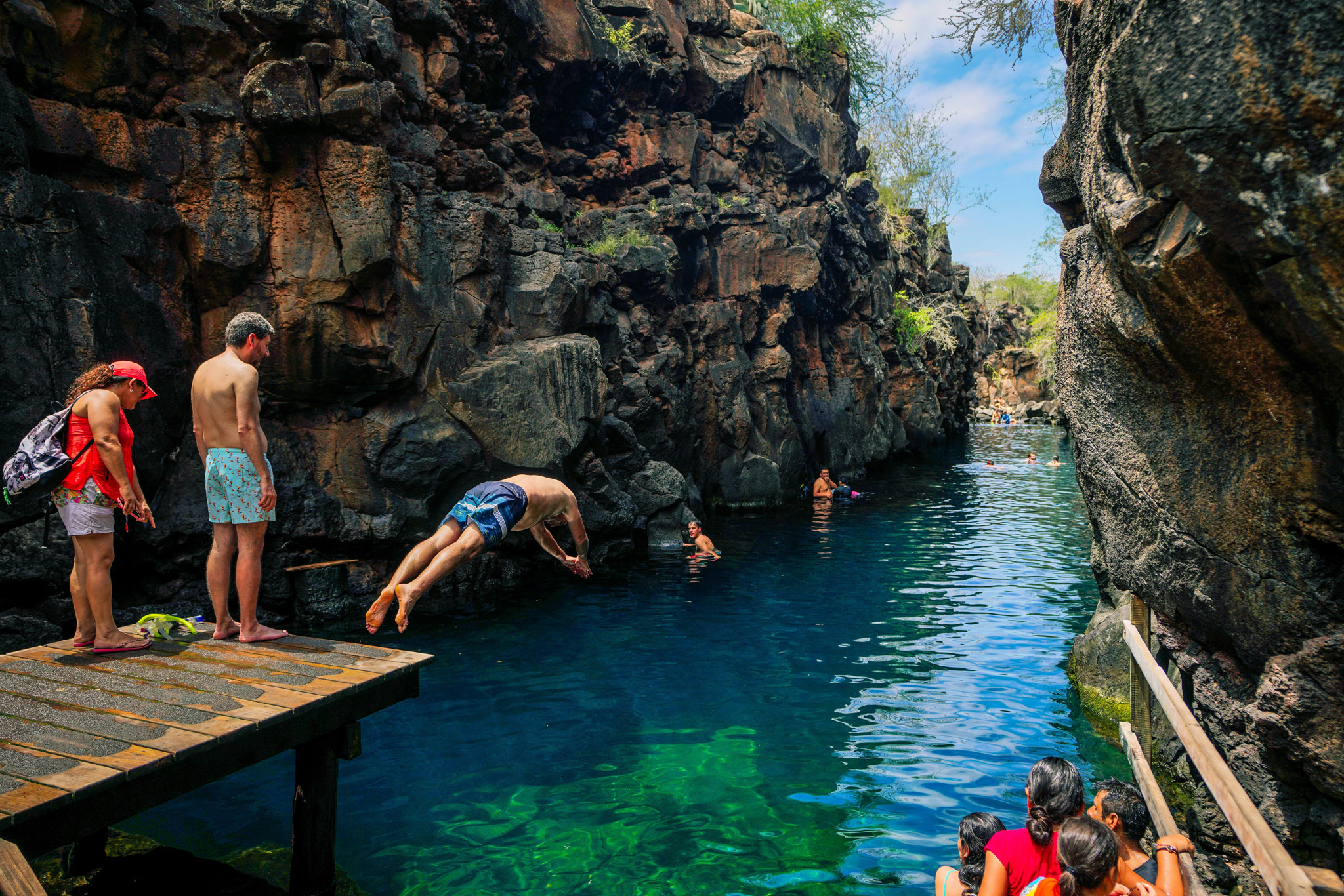
✨ Highlights
-
Spotting giant tortoises in the wild
-
Swimming with sea lions, turtles, and reef sharks
-
Snorkeling at Devil’s Crown and Los Tuneles
-
Hiking across ancient lava fields and active volcanoes
-
Visiting the Charles Darwin Research Station
-
Exploring pristine beaches like Gardner Bay and Tortuga Bay
-
Watching blue-footed boobies, marine iguanas, and Galapagos penguins
-
Experiencing sustainable eco-lodging and small ship cruises

🚣♀️ Top Activities
-
Snorkeling & scuba diving with marine life
-
Kayaking along mangroves and coastlines
-
Wildlife photography & birdwatching
-
Guided nature walks with certified naturalists
-
Volcanic hiking adventures
-
Visiting ecological reserves and research centers
-
Beach days at secluded coves
-
Small-ship or yacht cruising between islands
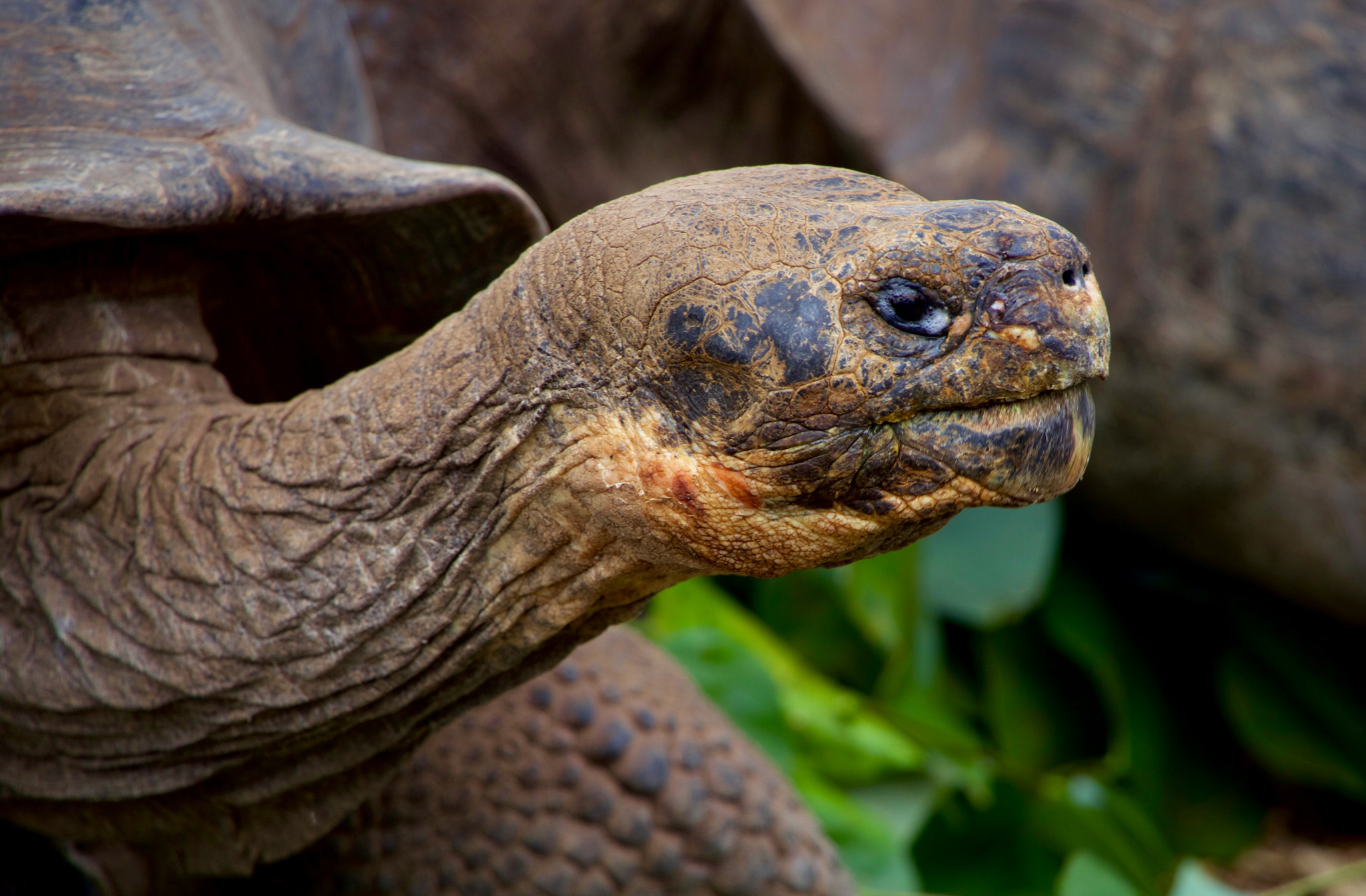
✈️ Arrival Airports & Transportation
Most international travelers arrive via Quito (UIO) or Guayaquil (GYE) in mainland Ecuador before connecting to:
-
Baltra Airport (GPS) – serving Santa Cruz Island
-
San Cristóbal Airport (SCY) – serving San Cristóbal Island
Once in the Galapagos, travel between islands is by small plane, speedboat, or multi-day cruise. On-island transport is primarily by taxi, walking, or organized tours.
💡 Practical Information
-
Currency: US Dollar (USD)
-
Language: Spanish (basic English spoken in tourism areas)
-
Tipping: Optional but appreciated (5–10% for guides, $1-2 for restaurant service)
-
Power outlets: Type A & B (same as U.S.), 120V
-
SIM/eSIM: Limited coverage in the islands; purchase local SIMs in Quito/Guayaquil for best connectivity. WiFi can be slow or unavailable on remote islands. Using an eSIM is our recommended choice while travelling anywhere in the world, and our recommended provider is Holafly. For more information on eSIMs, check out this blog.
🛂 Visa & Entry
-
Tourist visa: Not required for stays under 90 days for most travelers (check current requirements at Ecuador Ministry of Foreign Affairs)
-
All visitors to the Galapagos must purchase:
-
Transit Control Card (~$20 USD) at the airport before boarding
-
Galapagos National Park entrance fee (~$100 USD upon arrival)
-
🍽️ Cuisine
Galapagos cuisine features a mix of Ecuadorian coastal flavors and fresh seafood. Expect lots of grilled fish, ceviche, plantains, rice, and tropical fruits. Don’t miss:
-
Lobster season (Sep–Dec) for fresh, affordable lobster
-
Encebollado – a flavorful tuna soup with yuca and pickled onions
-
Ceviche de camarón – shrimp marinated in lime with onions and tomato
-
Patacones – crispy fried green plantains
-
Locally grown coffee and fresh juices from native fruits like naranjilla and guanábana
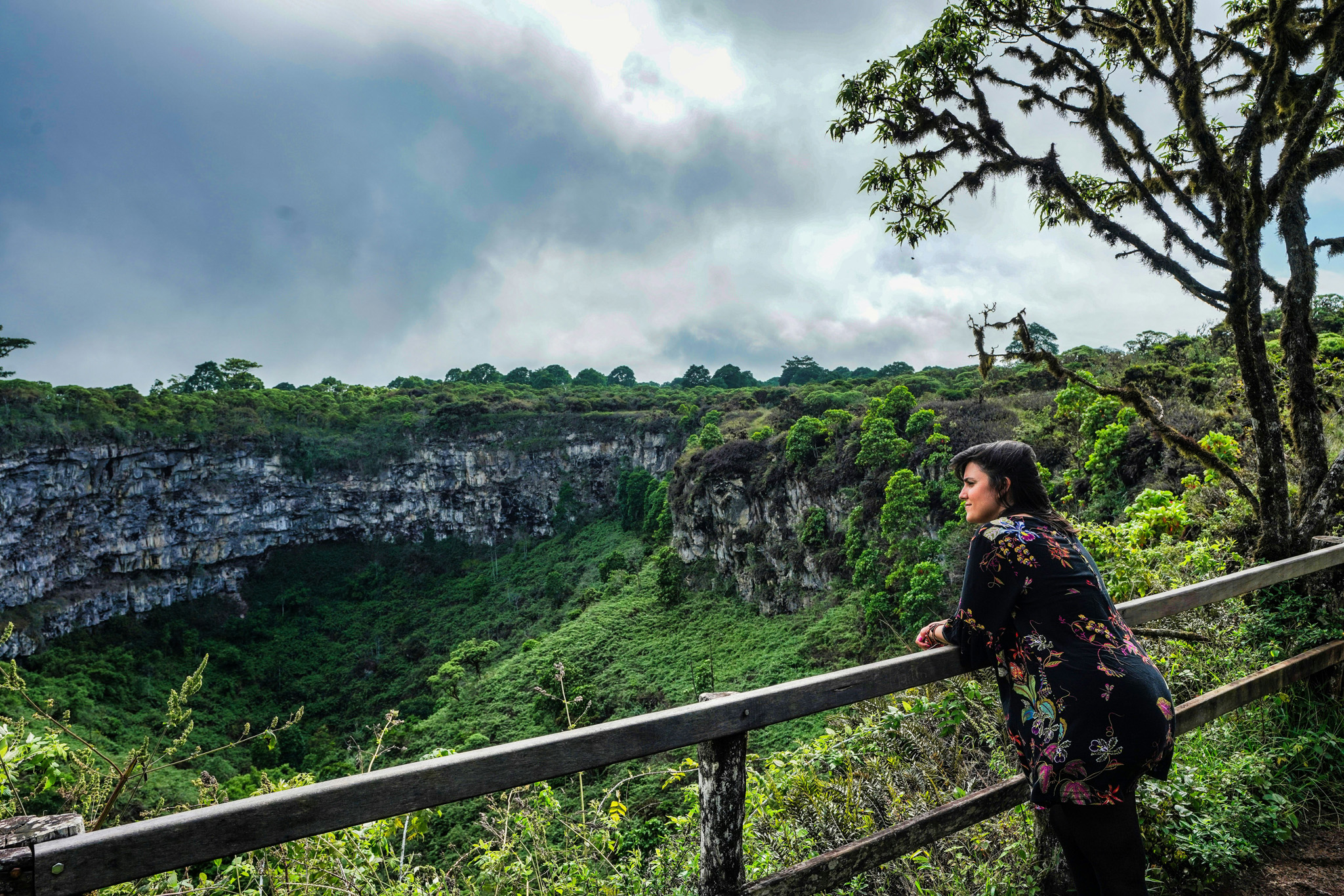
🎒 Packing List (Seasonal Summary)
Year-Round Essentials:
-
Lightweight, breathable clothing
-
Swimsuits and rash guards
-
Sturdy walking sandals or hiking shoes
-
Reef-safe sunscreen and bug repellent
-
Wide-brimmed hat and sunglasses
-
Dry bag and reusable water bottle
-
Snorkeling gear (optional; often included in tours)
-
Binoculars and camera for wildlife viewing
December–May (wet season):
-
Light rain jacket
-
Extra quick-dry clothing
-
More sun protection – this season is hotter and more humid
June–November (dry season):
-
Warmer layers for cooler evenings
-
Windbreaker for boat trips
🌺 Conclusion
A trip to the Galapagos Islands is nothing short of extraordinary. With its rare wildlife, volcanic landscapes, and commitment to conservation, it’s a destination that captivates and educates at every turn. Whether you’re joining a group trip focused on marine life, evolution, photography, or adventure, the Galapagos promises an immersive experience that connects you deeply with nature. For travelers looking for meaningful, eco-conscious exploration, there truly is no place like it on Earth.
